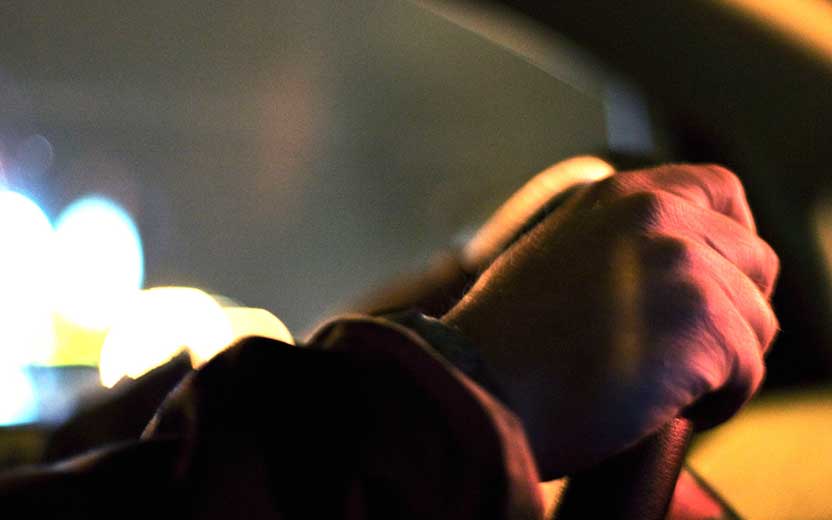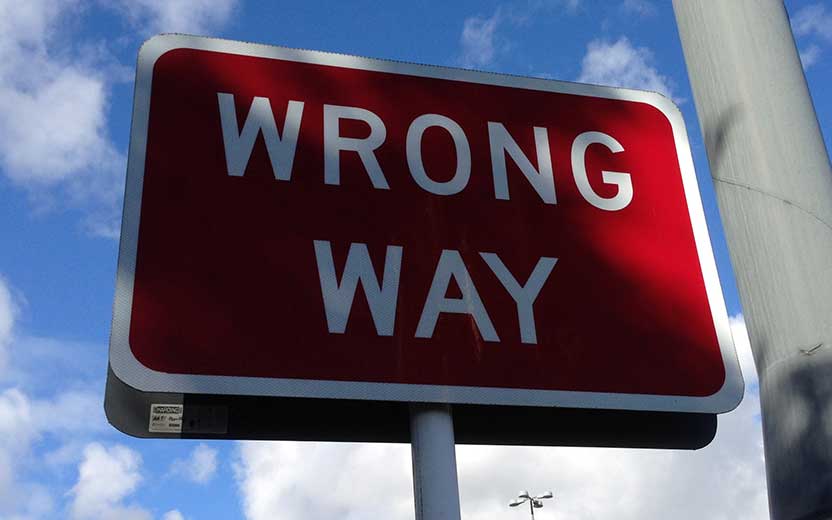By Marcus Fernandez
Wrong way driving made news in Tampa Bay again this past weekend – making this blog series an all the more unfortunate topic. As our community mourns the loss of a respected law enforcement officer, many are left wondering what wrong way driving countermeasures can be put in place to help prevent accidents like this from happening in the future.
Wrong Way Driving Countermeasures
Recently, I highlighted some of the frightening statistics behind wrong way accidents, as well as the common causes noted in extensive studies conducted on both a national and state level. This problem, while not new, has seen explosive growth in recent years leading the Department of Transportation to explore several wrong way driving countermeasures. Let’s take a look at some of those initiatives.
Improved roadway conditions
A study conducted by the Florida Department of Transportation (FDOT) recognized the importance of prevention through better engineering. Addressing the problem means focusing not only on existing roadways, but also those planned for construction.
To help combat wrong way drivers on existing interchanges, the FDOT recommended enhancements such as raised pavement markers, reflectors and specially painted lines. In addition, they have recommended new, larger signage along interstate exit ramps often accompanied by flashing lights. These signs illuminate when a wrong-way vehicle is detected, and the Highway Patrol is then notified. Traffic managers are alerted so that they can update digital roadway signage with a warning message, and officers receive an image of the automobile from a camera mounted to a sign. The extensive system has a number of touch points to alert both drivers and authorities, but also comes at a hefty price tag of approximately $35,000 per ramp.
The FDOT also recommended being vigilant in the design of interchanges not yet constructed. By avoiding certain traffic pattern designs, they hope to deter the number of wrong way drivers and wrong way driving accidents. Diamond/partial diamond, partial cloverleaf or trumpet interstate interchanges represented the worst of the designs and accounted for nearly 80% of the accidents studied between 2009 and 2013.
Driver-focused measures
Despite a considerable investment in engineering, we have continued to see wrong way accidents in our newscasts. The issue of wrong way driving, more often than not, boils down to the choice a person makes to drive. While a multitude of options are available – designated drivers, ride-sharing services such as Uber or Lyft, or taxi cabs – intoxicated drivers continue to be one of the leading causes behind wrong way driving. We all have a choice not to drive if we’re too tired, distracted, or intoxicated. Learning to make the right call can make all the difference.
To combat the problem, the FDOT has recommended that state and local agencies, in partnership with advocacy groups and education agencies, develop programs aimed at highlighting the dangers of drunk driving. Several initiatives are aimed at educating bartenders, too. Hillsborough County Sheriffs have begun tracking the “last drink” location of all DUI and wrong way drivers to help uncover trends in this area.
In-vehicle measures
Of course, wrong way driving is not just a Florida problem. Nationally and internationally, organizations are working to develop better prevention and alert systems to curb wrong way driving. Notably, Nissan has developed two initiatives. The first utilizes GPS systems to determine if a driver is traveling against traffic, and then alerts the driver through a series of audio and visual alarms. Nissan is also developing in-vehicle technology that identifies when the driver may be under the influence of drugs or alcohol, and prevents the driver from operating the vehicle.
In Germany, an in-vehicle warning system is alerted if a wrong way driver is detected on nearby roadways. A message is sent via radio frequency and app programs to caution other drivers on the road. Mercedes Benz and Toyota have similar vehicle warning systems in development.
Although these wrong way driving countermeasures are certainly a step in the right direction, it’s imperative that drivers remain vigilant on the roadways. That’s where you come in. Before you operate a motor vehicle, stop and think, “Am I too tired? Too distracted? Have I been drinking?” If the answer is yes, don’t get behind the wheel. It could save your life or the life of someone else. Stay tuned for the final post in my three-part series: “What to do when faced with a wrong way driver.”
If you need a Car Accident Lawyer, contact us.

